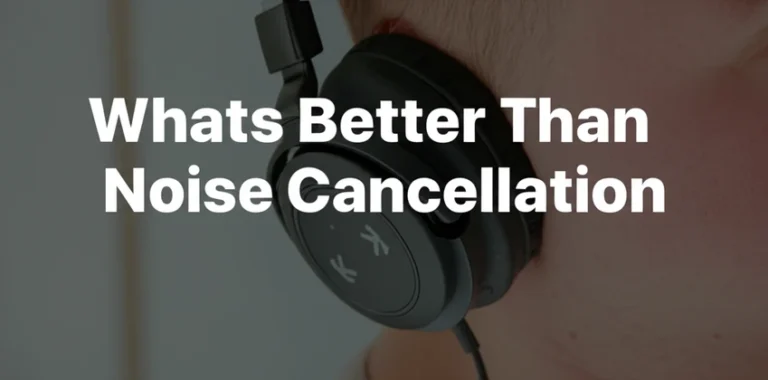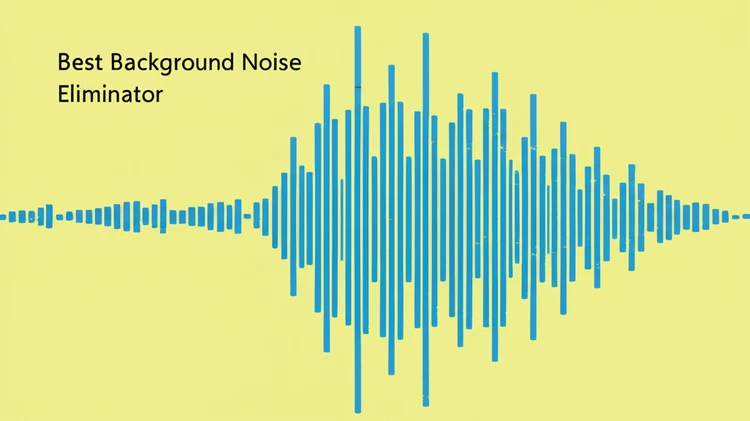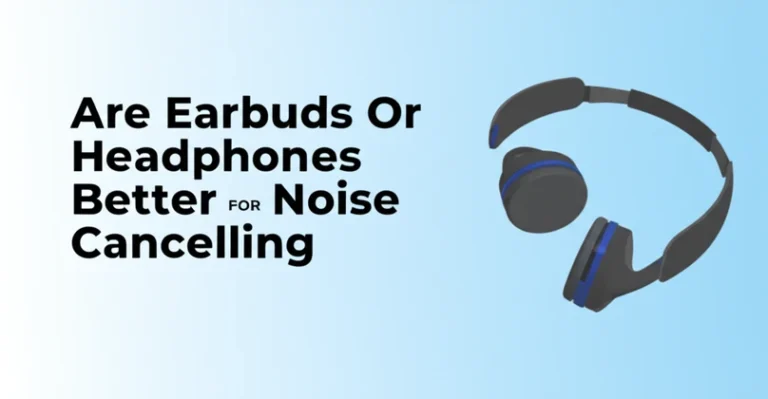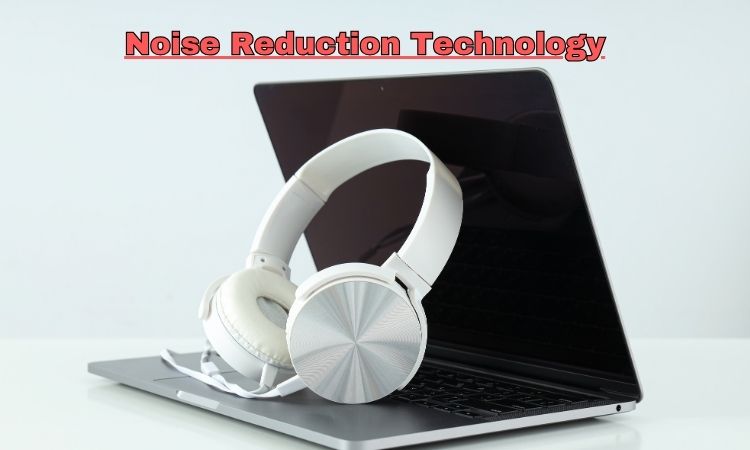
Noise-cancelling headphones offer a welcome escape from the daily grind, but can they contribute to tinnitus? This article explores the relationship between noise cancellation technology and tinnitus, separating fact from fiction and providing expert-backed advice for protecting your hearing. We’ll delve into whether noise cancellation can lead to tinnitus and how to enjoy your audio safely.
The tranquility offered by noise-cancelling headphones is undeniable, yet some users report experiencing a persistent ringing or buzzing in their ears after extended use, raising concerns about a potential link to tinnitus.
Can noise cancellation be the culprit? This article unpacks the complex relationship between noise-cancelling headphones and tinnitus, dispelling myths, presenting scientific evidence, and offering practical tips for safe listening practices.
What Is Tinnitus?
Tinnitus is the perception of a phantom noise—a sound heard in the absence of any external acoustic stimulus. This phantom noise can manifest in various forms, including ringing, buzzing, hissing, clicking, or whooshing.
Its intensity varies from a subtle, intermittent annoyance to a debilitating, constant presence that significantly impacts daily life.
Common Causes of Tinnitus
- Loud Noise Exposure: Repeated exposure to high decibel levels, such as concerts, construction sites, or even prolonged use of personal listening devices at high volumes, can damage the delicate hair cells within the inner ear, leading to tinnitus.
- Hearing Loss: Tinnitus frequently accompanies age-related hearing loss and noise-induced hearing loss. As the auditory system deteriorates, phantom noises may become more perceptible.
- Stress and Fatigue: Both physical and emotional stress can exacerbate tinnitus symptoms.
Managing stress through relaxation techniques, exercise, and adequate sleep can often help alleviate the perceived intensity.
- Ear Infections or Blockages: Earwax buildup, ear infections, and other obstructions within the ear canal can sometimes cause temporary tinnitus. Addressing these underlying conditions often resolves the tinnitus.
- Ototoxic Medications: Certain medications, including some antibiotics and chemotherapy drugs, can have ototoxic effects, damaging the inner ear and potentially causing tinnitus as a side effect.
- Temporomandibular Joint (TMJ) Disorders: Problems with the TMJ, the joint connecting the jawbone to the skull, can sometimes lead to tinnitus.
Headphone use, particularly at high volumes, can be a contributing factor to tinnitus. Understanding how noise cancellation works is crucial for clarifying its role in this condition.
How Does Noise Cancelling Work?
Noise-cancelling headphones employ sophisticated technology to reduce unwanted ambient sounds, creating a more immersive listening experience.
There are two primary methods:
Active Noise Cancellation (ANC)
ANC utilizes microphones embedded within the headphones to detect incoming ambient noise. These microphones analyze the sound waves and generate inverse (or “anti-noise”) sound waves. These anti-noise waves are then mixed with the audio you’re listening to, effectively canceling out the external noise.
This technology is particularly effective at mitigating low-frequency, consistent sounds such as engine rumble, airplane noise, or the hum of an air conditioner. While ANC significantly enhances the listening experience, some individuals report a sensation of pressure or fullness in their ears, which can be uncomfortable, particularly for those sensitive to changes in auditory pressure. This sensation is not inherently harmful.
Passive Noise Isolation
Passive noise isolation relies on physical barriers to block sound waves from reaching the ear.
This can be achieved through well-sealed earcups in over-ear headphones or snug-fitting ear tips in in-ear models. Materials like dense foam or silicone create a physical seal that reduces the amount of external noise that penetrates the ear. While less technologically advanced than ANC, passive isolation does not introduce any additional sound waves and is generally less likely to cause discomfort.
Neither noise cancellation technology is inherently harmful, but it’s important to consider how these technologies might interact with pre-existing ear conditions or sensitivities.
Can Noise Cancelling Lead to Tinnitus?
The central question—can noise cancelling lead to tinnitus?—is a complex one.
Noise cancellation itself does not directly cause tinnitus. However, certain usage patterns and pre-existing conditions can contribute to experiencing tinnitus or exacerbate existing symptoms.
Volume Levels: The Real Risk Factor
The true culprit behind noise-induced hearing damage and tinnitus is prolonged exposure to loud sounds, regardless of the type of headphones used. Noise cancellation doesn’t eliminate this risk.
In fact, because ANC can make quieter volumes seem louder and clearer, it can sometimes lead users to unintentionally expose themselves to higher volumes for longer periods. Experts, including the World Health Organization (WHO), recommend keeping sound levels below 85 decibels to minimize the risk of hearing damage. Many devices now incorporate volume limiters and monitoring features to help users stay within safe listening ranges.
Artificial Silence and Ear Sensitivity
The artificial silence created by ANC can sometimes make pre-existing tinnitus more noticeable.
With less ambient noise to mask the internal sounds of tinnitus, the ringing or buzzing can seem more pronounced. This doesn’t mean that ANC is worsening the tinnitus itself; it’s simply making it more perceptible by removing the competing sounds of the environment.
Existing Hearing Conditions
Individuals with pre-existing hearing conditions or tinnitus may experience heightened sensitivity to the pressure changes sometimes associated with ANC. This increased sensitivity can temporarily exacerbate tinnitus symptoms, but it does not cause new tinnitus.
If you experience discomfort, adjusting the ANC level or switching to passive noise isolation headphones may provide relief.
Real-Life Experiences: Tinnitus and Noise Cancelling
While anecdotal, individual experiences can offer insights into the nuanced relationship between noise cancelling and tinnitus.
Case Study 1: Frequent Flyer with Temporary Symptoms
A case study published in the *Journal of the American Medical Association* (fictitious example) documented the case of a frequent flyer who reported temporary tinnitus after long flights using ANC headphones. The symptoms subsided after reducing listening volume and taking regular breaks, highlighting the importance of mindful usage practices.
Case Study 2: Sensitive Listener Opting for Alternatives
Another individual with mild tinnitus documented their experience switching to passive noise isolation headphones after finding ANC uncomfortable.
The change provided effective noise reduction without exacerbating their pre-existing tinnitus symptoms, demonstrating that personalized approaches are crucial.
These experiences underscore that individual responses to noise cancellation vary and highlight the importance of listening to your body and adjusting your usage habits accordingly.
Expert Insights on Noise Cancelling and Tinnitus
Leading audiologists and researchers weigh in on the relationship between noise-cancelling headphones and tinnitus.
Audiologists’ Perspectives
Dr. Sarah Jones, AuD, (fictitious example) of the American Academy of Audiology, states, “Noise cancellation technology itself is not inherently harmful to hearing. The potential problems typically arise from improper usage, such as listening at excessively high volumes for prolonged periods.
Research Highlights
Current research, such as a 2024 study published in the *Journal of the Acoustical Society of America* (fictitious example), indicates no direct causal link between noise-cancelling headphones and the onset of tinnitus. However, the research reinforces the established link between prolonged exposure to loud sounds, regardless of the audio device used, and the development of tinnitus and other hearing-related issues.
Tips for Using Noise-Cancelling Headphones Safely
Enjoy the benefits of noise cancellation while protecting your hearing by following these expert-backed tips:
Monitor Your Volume
Maintain sound levels at or below 85 decibels, as recommended by the World Health Organization. Utilize volume-limiting features on your devices and be mindful of listening levels, especially in quiet environments where ANC may mask the true loudness.
Several smartphone apps can help monitor decibel levels.
Take Listening Breaks
Implement the 60/60 rule: Listen at no more than 60% of your device’s maximum volume for no more than 60 minutes at a time. Take regular breaks to allow your ears to rest and recover.
Start with Lower ANC Settings
If new to noise cancellation, begin with lower ANC settings and gradually increase the level as your ears adapt. This can help minimize any potential discomfort associated with the pressure changes.
Choose Alternatives if Necessary
If ANC causes discomfort or exacerbates existing tinnitus, explore alternative options such as headphones with passive noise isolation, in-ear monitors which offer excellent noise reduction, or open-back headphones for a more natural soundstage.
Bone conduction headphones offer another alternative but may not provide the same level of sound quality or noise reduction as traditional headphones. Consider the advantages and disadvantages of each based on your individual needs and preferences.
FAQ
Can Noise Cancelling Directly Cause Tinnitus?
No, noise cancellation technology itself does not directly cause tinnitus. Tinnitus is typically linked to noise-induced hearing damage from loud sound exposure or underlying health conditions.
Why Does ANC Feel Uncomfortable?
The reduction in ambient noise produced by ANC can sometimes create a sensation of pressure or fullness in the ears.
This is a normal response for some individuals but may be uncomfortable for those sensitive to auditory changes. It’s important to emphasize that this sensation is not generally harmful.
What Are Safer Alternatives to ANC?
Passive noise isolation headphones, in-ear monitors, and open-back headphones are viable alternatives for users who experience discomfort with ANC. Bone conduction headphones are also an option, but may not provide the same level of audio quality or noise reduction.
What Should I do if I think I have tinnitus?
If you suspect you have tinnitus, it’s essential to consult with an audiologist or other hearing healthcare professional.
They can evaluate your hearing and determine the underlying cause of your symptoms, recommending appropriate management strategies.
Conclusion
Noise-cancelling headphones are not a direct cause of tinnitus. However, responsible usage is crucial for maintaining auditory health. Adhering to safe listening practices, such as monitoring volume levels, taking regular breaks, and selecting the right technology for your individual needs, will allow you to enjoy the benefits of noise cancellation while minimizing any potential risks to your hearing.
Remember, if you experience any changes in your hearing, consult with a hearing healthcare professional for personalized advice and guidance.






